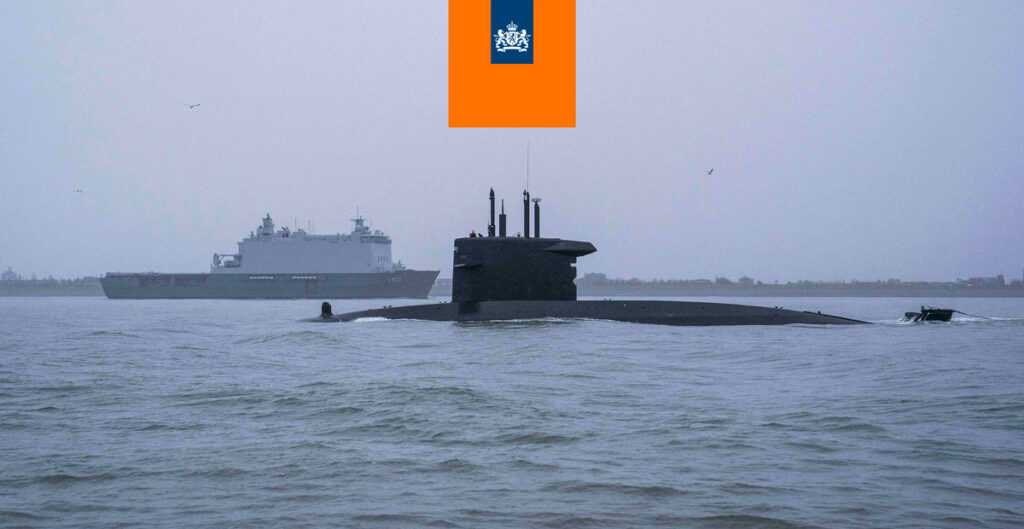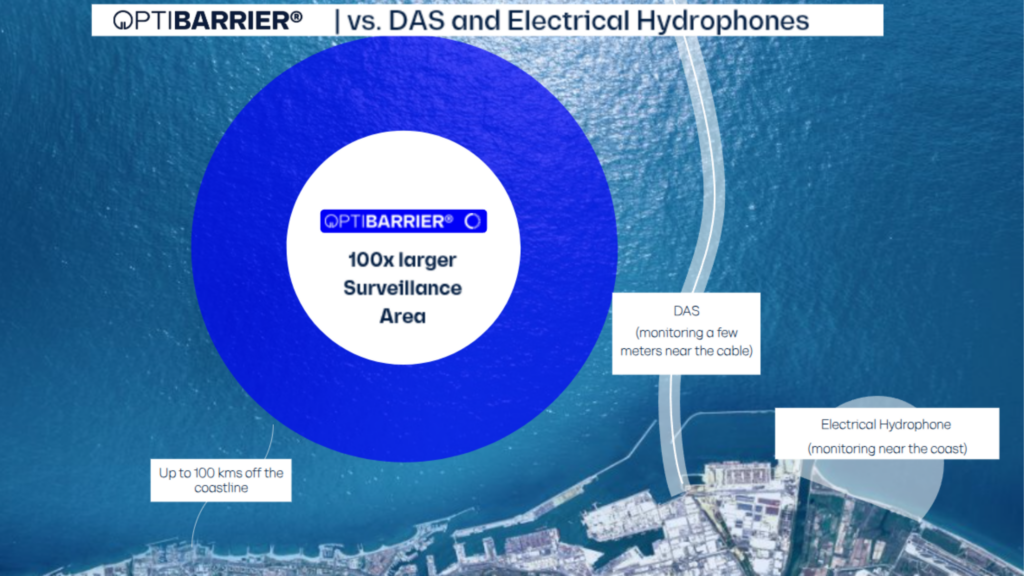Overview
In high voltage (HV) and extra high voltage (EHV) power networks, every component is interconnected. A fault in one area doesn’t just affect that zone; it can cause widespread issues across the entire system, potentially leading to extensive equipment damage. This discussion examines how a single failure can impact transformers, generators, and motors, highlighting the need for quick and effective emergency responses and the importance of preventative strategies.
Understanding Single-Point Failures
Failures in HV and EHV systems, like short circuits, place immediate stress on the network. This stress doesn’t remain localized but spreads, impacting systems and equipment far beyond the failure point. This interconnected stress can lead to additional failures, placing the entire network at risk.
The Domino Effect
A failure in one part of the network can lead to a cascade of problems elsewhere. This domino effect can overload other components, leading to further failures and potentially widespread power outages. Quick, decisive action is necessary to contain and correct these issues before they escalate.
Emergency Responses and Preventative Measures
In the event of a failure, the ability to quickly isolate the issue and implement repairs is crucial. However, prevention is equally important. Advanced monitoring and predictive maintenance can help identify potential failures before they occur, mitigating the risk of a cascading crisis.
Conclusion
A single failure in a power network is never just a single problem. The interconnected nature of these systems means that issues can quickly spread, highlighting the need for both effective emergency responses and robust preventative strategies. Through careful planning and the use of advanced monitoring technologies, we can create more reliable and resilient power networks.
Ready to enhance the reliability and efficiency of your high voltage network? Connect with Optics11 experts today and discover cutting-edge solutions tailored to your needs. Contact us now and take the first step towards a safer, more resilient power system.










